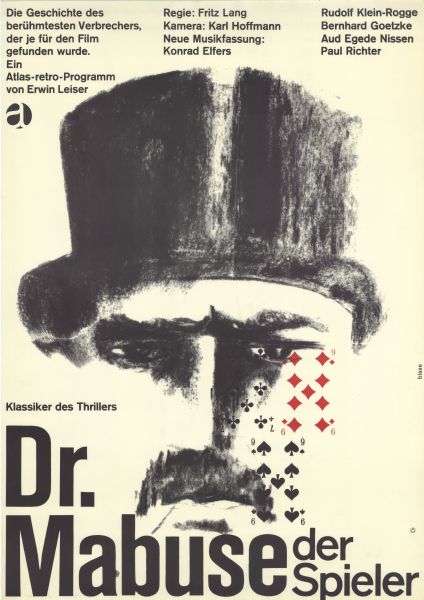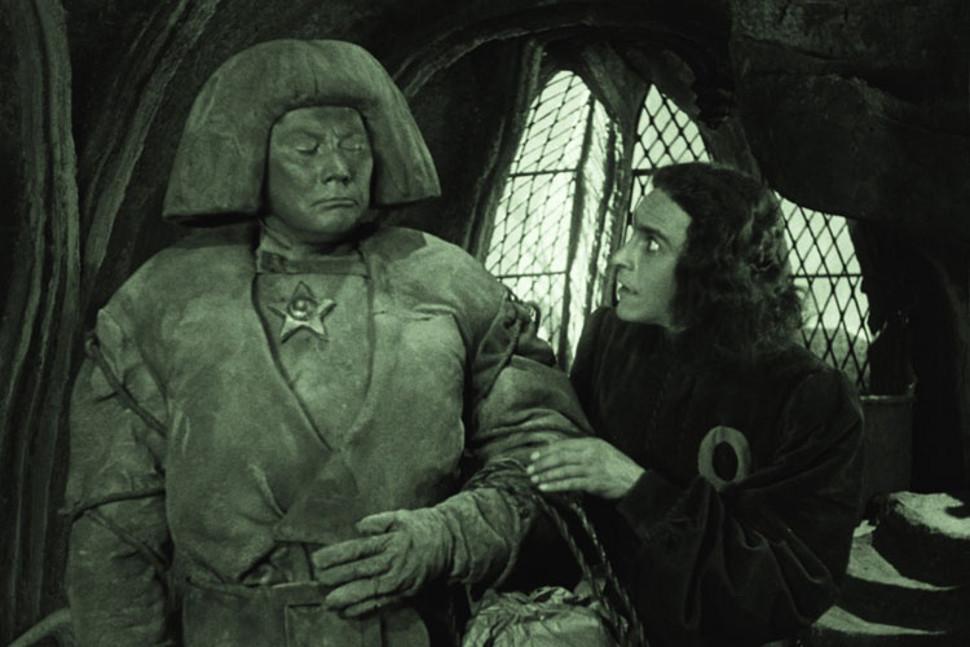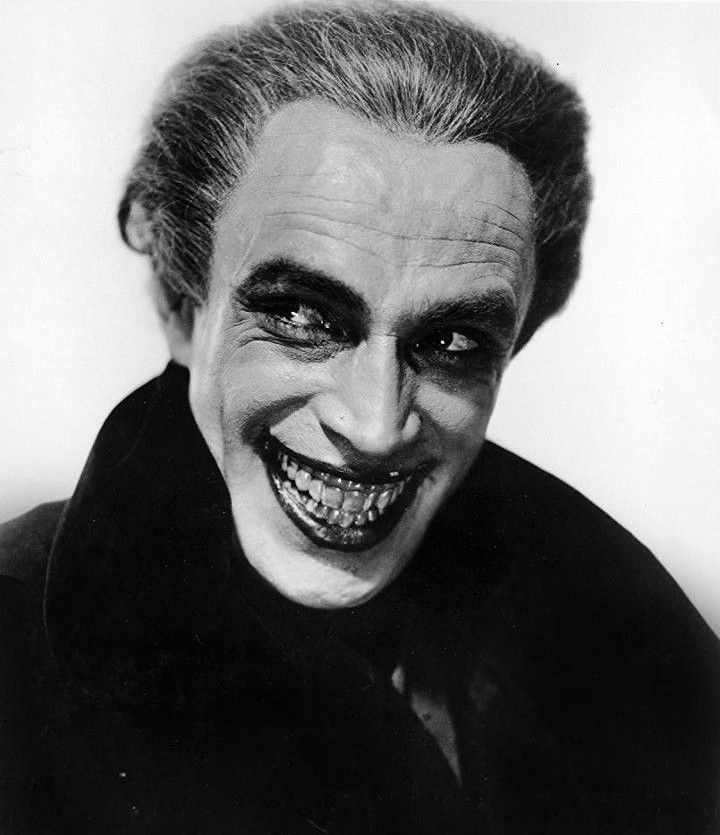





Design a character (including costume, hair and make up) and/or set inspired by the classic German Expressionist film The Cabinet of Dr Caligari (Wiene, 1920).
Explain the character’s backtory and their role in your film and/or the function of the set design for a particular scene.
You can create sketches and photographs of your design and post on the blog to show pre-production work. You should also produce a short screen test (30-40 seconds). Your explanation, photos/sketches should be uploaded to the blog and video should be uploaded to Stream all by the 17th of December.
Explain how the political, social and economic context of the Weimar Republic affected the production and content of classic German Expressionist Cinema: Filmmakers wanted to show the struggles they went/are going through as a result of World War 1.
Why has UFA managed to stay in business: It adapted to modern film techniques, moved into television production and has traded upon it’s heritage. After the fall of the Nazis, it was used for soviet propaganda and communist films. It’s studio is still used today.
Name 3 other films identified by critics as German Expressionist Films:



UFA, or Universum Film-Aktien Gesellschaft, is a German film production company, owned by the parent company Babelsburg studios, made just one year before the end of WW1 and producing through the years of Nazi Germany.
It became widely popular, rivaling large Hollywood production companies for being one of the best equipped and most modern studios, and even becoming the spear head in charge of Nazi-era propaganda.
Due to this, despite it’s dark history, the great creativity and reputation they had kept the company around for decades to come.
Berlin is known to be 20% cheaper to shoot in than in Hollywood, and therefore still useful to this day.

THE UFA GmbH
This company is still somewhat relevant in today’s climate, as after its complete post-nazification failure, it was absorbed into the multimedia companies of Fremantle, RTL Group and Bertelsmann. This is because it is based in the originally Nazi-built Babelsberg studio land, which has in quite recent history left its post-Soviet reconstruction.
The studio has essentially sold its history away to the world, rejecting its silent expressionist roots to become a mainstream Television network studio, though it does still often collaborate with Hollywood for films that harken back to UFA’s beginnings.
EXPRESSIONIST CINEMA

This film is based in a Jewish ghetto in Medieval Prague, where the Holy Roman Emperor signs a decree that all Jews must leave the city under threat from knights. The Rabbi Loew builds a Golem from clay, and manifests the spirit of Astaroth to awaken the creature. This golem brings misfortune where it goes, but ultimately takes the favour of the Romans by saving their lives from a wandering spirit, and keeping the safety of the Jews in Prague.
This film is significant because it represents the prevalence of Jewish culture and concepts from The Torah in a pre-Nazi world. It’s almost uncanny to see characters and ideas from Judaism represented with the same dignity as Christian ideals are in today’s film climate.

This film is about a man, named Gwynplaine, afflicted with a Richtus grin as inherited punishment from his father, a known enemy of the second King James during 1680s England. Gwynplaine becomes a laughing stock, a freak of the circus because of his disfigured face. He falls in love with a blind girl he knew once when they were young, and hides his deformity from her despite her handicap. Gwynplaine’s true lineage is revealed, along with his right to claim estate currently occupied by the Duchess Josiana, who is aggressively lustful toward the laughing man in part because of his deformity. He evades her seduction, instead showing his true face to Dea, and then fleeing both Josiana and Queen Anne with Dea to sail away from England.
This film’s major significance is its influence on later film and media, especially the direct inspiration that Detective Comics took from the film in making the character of The Joker, who has since come full circle in becoming one of the most iconic antagonists in cinema and literature.
in order to survive its diversified into tv production. Traded upon its heritage. Filming here is 20% cheaper than Hollywood and its usually booked out all year long.

Classic German expressionist Film
Name at least 3 other films identified by critics as classic German Expressionist films
